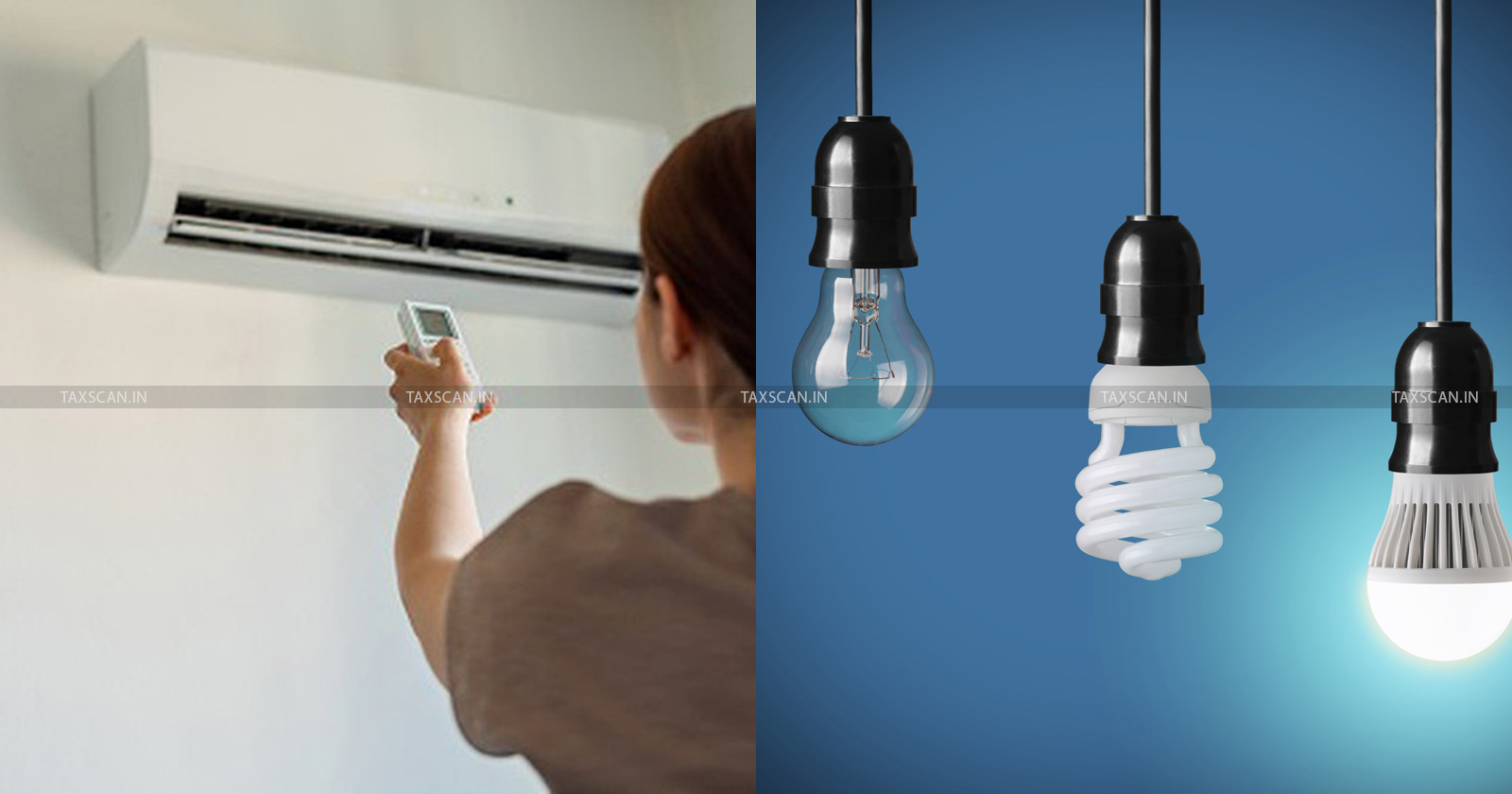Central Government unveils Updated Production Linked Incentive (PLI) Scheme for White Goods (ACs and LED Lights)

Central Government unveils Updated Production Linked Incentive (PLI) Scheme for White Goods (ACs and LED Lights) – TAXSCAN
Central Government unveils Updated Production Linked Incentive (PLI) Scheme for White Goods (ACs and LED Lights) – TAXSCAN
In response to numerous requests and suggestions received from beneficiaries of the Production Linked Incentive (PLI) Scheme for White Goods, as well as various Industry Associations, the government has introduced further modifications to the Scheme Guidelines. These changes are aimed at simplifying the scheme's operations and improving the ease of doing business within the White Goods sector, which includes Air Conditioners (ACs) and LED Lights.
Key Changes in the PLI Scheme for White Goods:
Adoption of Cost-Plus Method: The scheme has transitioned from the Comparable Uncontrolled Price (CUP) method to the Cost-Plus method for calculating sales prices, particularly concerning captive consumption or supplies to group companies. This change also necessitated an amendment to the definition of 'Arm's Length.'
Inclusion of Tool Room Investments: Investments in tool rooms for manufacturing moulds and dies are now considered eligible investments under Capital Investment.
Extension of Timeline for Establishing Additional Facilities: Beneficiaries now have an additional year beyond the initially stipulated two years to inform authorities about the establishment of additional manufacturing facilities.
Revised Last Date for Claim Submission: The last date for submitting claims and refunding excess incentives due to discrepancies between statutory compliance and records provided during claim filing has been revised.
Administrative Ministry Site Visits: The administrative ministry is now authorised to conduct site visits.
Roll Over of Bank Guarantee: The scheme allows for the roll-over of bank guarantees.
Changes in Annexures: The scheme guidelines have been updated with appropriate modifications in the annexures.
Background:
In line with the Prime Minister's vision of "Atmanirbhar Bharat" to promote self-reliance and stimulate manufacturing's role in India's growth and job creation, the PLI Scheme for White Goods was approved by the Union Cabinet on April 7, 2021. This scheme focuses on manufacturing components and sub-assemblies for Air Conditioners and LED Lights, emphasising the development of a robust component ecosystem within India.
The PLI Scheme spans a seven-year period, from FY 2021-22 to FY 2028-29, with a total outlay of ₹6,238 crore. It was officially notified by the Department for Promotion of Industry and Internal Trade (DPIIT) on April 16, 2021, and its guidelines were published on June 4, 2021. Two corrigendums to the Scheme Guidelines were issued on August 16, 2021, and February 24, 2022, following stakeholder consultations.
As of now, the scheme is fully operational. Out of the 64 selected beneficiaries, 15 have commenced commercial production, having opted for a gestation period up to March 31, 2022. The remaining beneficiaries, who have opted for a gestation period up to March 31, 2023, are at various stages of implementation.
The PLI Scheme for White Goods is strategically designed to foster a comprehensive component ecosystem for the AC and LED Lights industry in India, positioning the nation as a pivotal player in global supply chains. This scheme is anticipated to substantially boost domestic value addition, increasing it from the current 15-20% to a significant 75-80%.
Corrigendum to the Scheme Guidelines may be seen at: https://dpiit.gov.in/sites/default/files/Corrigendum_PLIGuidelines_10October2023.pdf
Support our journalism by subscribing to Taxscan premium. Follow us on Telegram for quick updates


